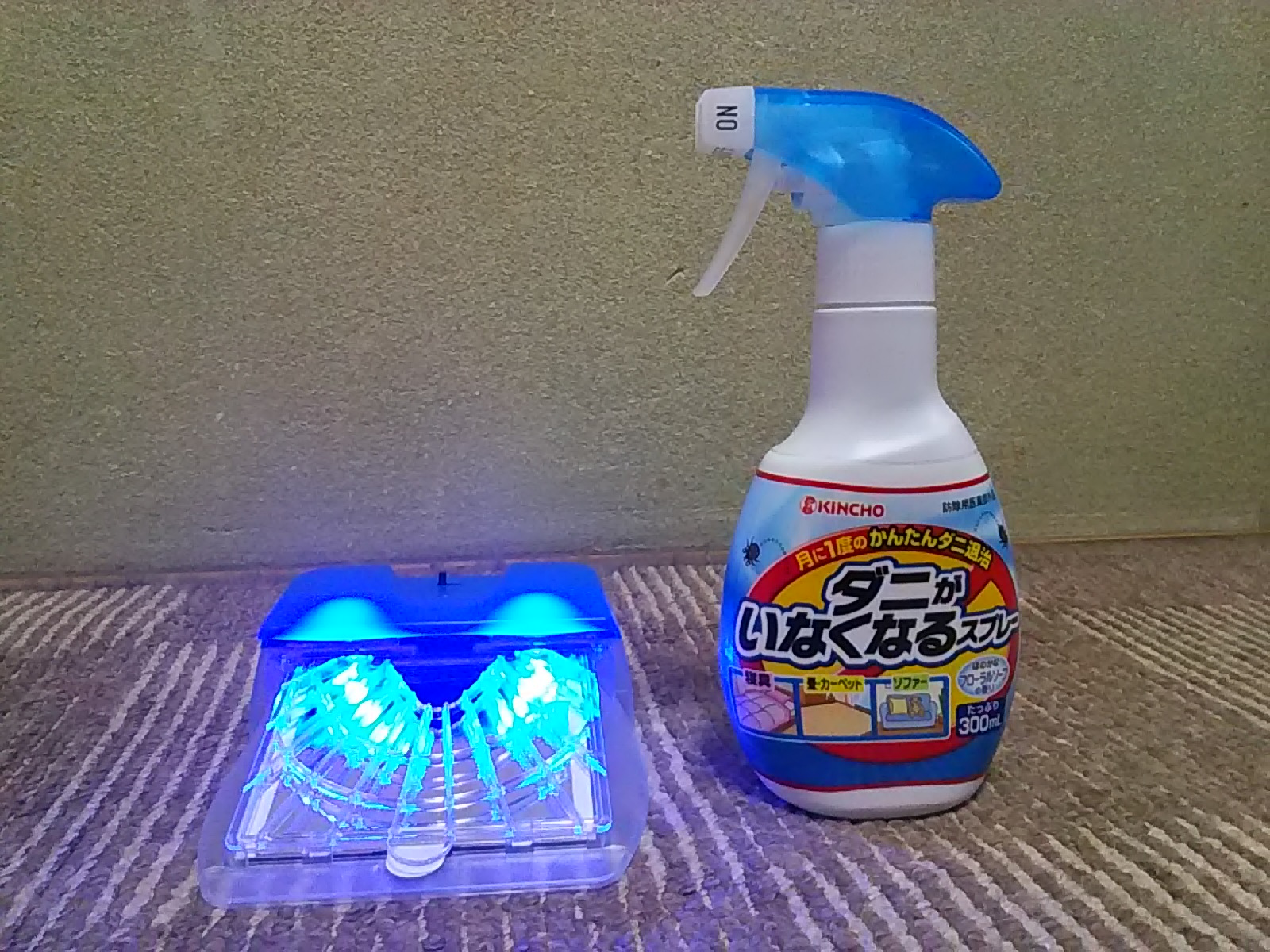杉林が書く。おはようございます。朝が来ました。元気にしておりますか?
おはようございます。
今日は日曜日ですね。今日は台風が、関東の上空を通過するのかな? ということです。
こういう日には、私は、何時も試練を受けますが、ここ数回前からの台風の通過で、慣れてきました。
TweetDeckの自分以外のタイムラインを閉じましょう、盛り塩を二箇所盛りましょう。
霊障が起きたら、身守札で、体中をさすりましょう。
ということが、解ってくれば、台風も、通過するのを待っていればいいのですね?
有り難いことに、こういう事を教えて頂けるのは、神仏、先祖からのお恵み、ご利益だと思います。
私一人で気づいたことではないのです。みんな、こういうことは、神仏、先祖が教えてくださるのですね。
さて、秋のお彼岸も近づいてきましたね?
私もそろそろ、日にちを決めていってきます。
今回は、お彼岸の中日に行ってみようかと思います。
この日が、お墓参りの最良の日なのですね。
それでは、今日も一日元気に過ごしていきましょうね。
お元気で、またお会いしましょう。










